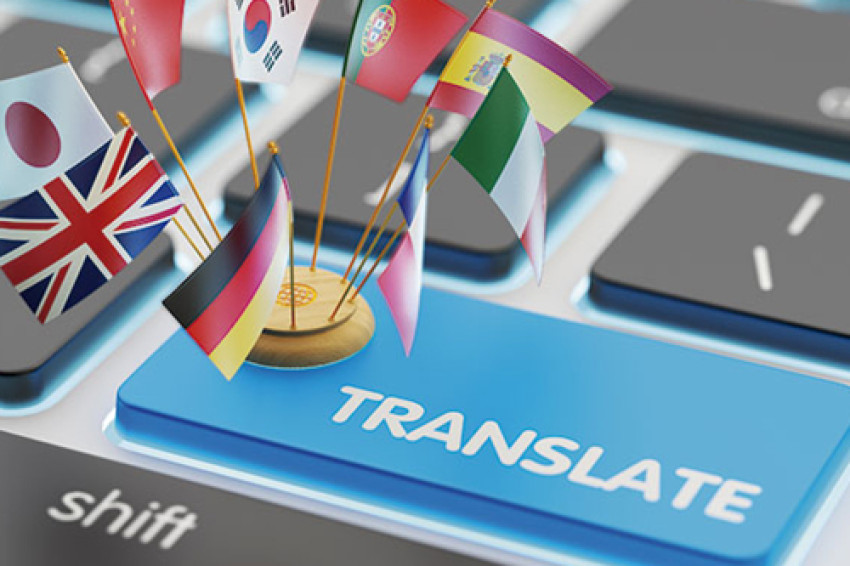
Technical materials are full of complicated terms and specialized words. They can be found in anything from software documentation to engineering manuals. Let us now explore the field of technical translation, which requires not only language skills but also a thorough knowledge of complex subject matter. We will discuss the challenges basic in technical translation and explore how translators navigate the complex network of technical terms.
The Complexity of Technical Terms
Technical documents contain plenty of abbreviations, technical terms, and phrases unique to the sector. When writing about technical topics, such as software coding, engineering blueprints, or medical procedures, technical writers frequently use clear, short language that is precise in their profession but can be difficult to translate across cultural differences.
Consider the user handbook for a modern device. The document may be full of terms like API, GUI, firmware, and scalability, each carrying specific meanings within the tech domain. Translating such terms requires not only linguistic accuracy but also an in-depth understanding of the technology involved.
The Diversified Challenge for Translators
1. Specialized Knowledge: Technical translators must have a solid foundation in the subject matter they are translating. In information technology as well as aeronautical engineering, a thorough understanding of the key concepts of the field is necessary to effectively communicate the message that is being sent.
2. Consistency Across Languages: Maintaining consistency in terminology is a perpetual challenge. A single technical term may have different translations based on context or regional variations. To maintain consistency and manage language variations, translators need to maintain a careful balance.
3. Evolving Terminology: Industries are dynamic, and so is their language. The use of technical terms changes with time, particularly in industries with rapid advancements like technology. Translators need to keep up with the newest changes so that translated materials correctly represent the latest terms.
4. Cultural Details: Technical language frequently has cultural meanings in addition to language. A term that is straightforward in one language might have complex meanings in another. Translators must deal with all of these details to communicate the desired meaning.
Strategies for Overcoming Technical Translation Challenges
1. Glossaries and Style Guides: It is essential to establish detailed dictionaries and style guidelines. These websites give translators a common reference for terms used in the business and suggested language usage.
2. Collaboration with Subject Matter Experts: Effective communication between translators and subject matter experts is essential. Regular consultations help translators clarify questions, understand contextual details, and stay current with evolving terms.
3. Utilizing Translation Memory Tools: Translation memory tools store previously translated segments which help to maintain consistency across documents. These tools are particularly beneficial in technical translation, where repetition of terms is common.
4. Continuous Professional Development: Technical translation services Birmingham should engage in ongoing professional development to stay informed about industry trends, new terminology, and advancements in their respective fields.
5. Quality Assurance Processes: Setting up thorough quality control procedures, such as proofreading and reviews, guarantees that the translated text is accurate and clear to the maximum possible level.
What steps can be taken to ensure that technical translations meet the expectations of both subject matter experts and end-users?
● Facilitate open and regular communication between translators and subject matter experts (SMEs).
● Involve SMEs from the beginning to provide insights into industry-specific terminology, context, and details.
● Develop detailed glossaries and style guides that outline approved terminology, preferred linguistic conventions, and specific industry standards.
● Implement translation memory tools to maintain consistency across documents and projects.
● Consider cultural nuances that may affect how the translated content is received by end-users.
● Whenever feasible, conduct usability testing with end-users to gather feedback on the translated materials.
● Offer ongoing training sessions for translators, focusing on industry trends, emerging technologies, and evolving terminology.





